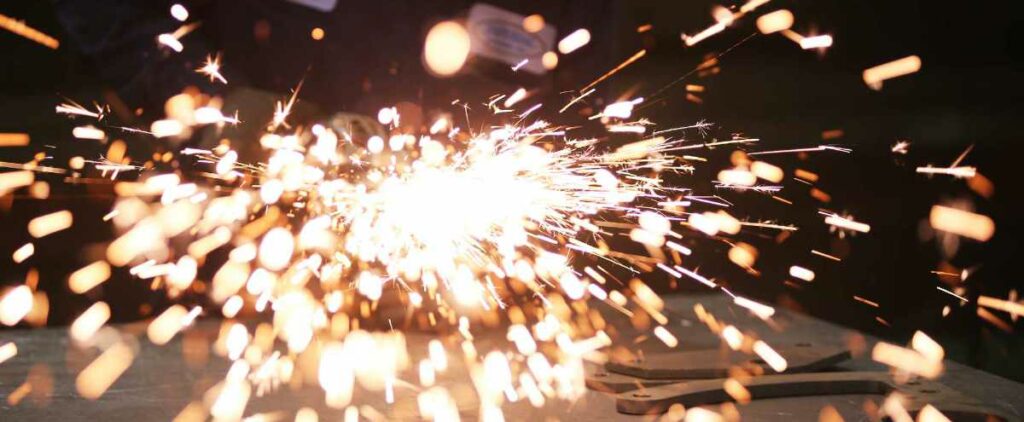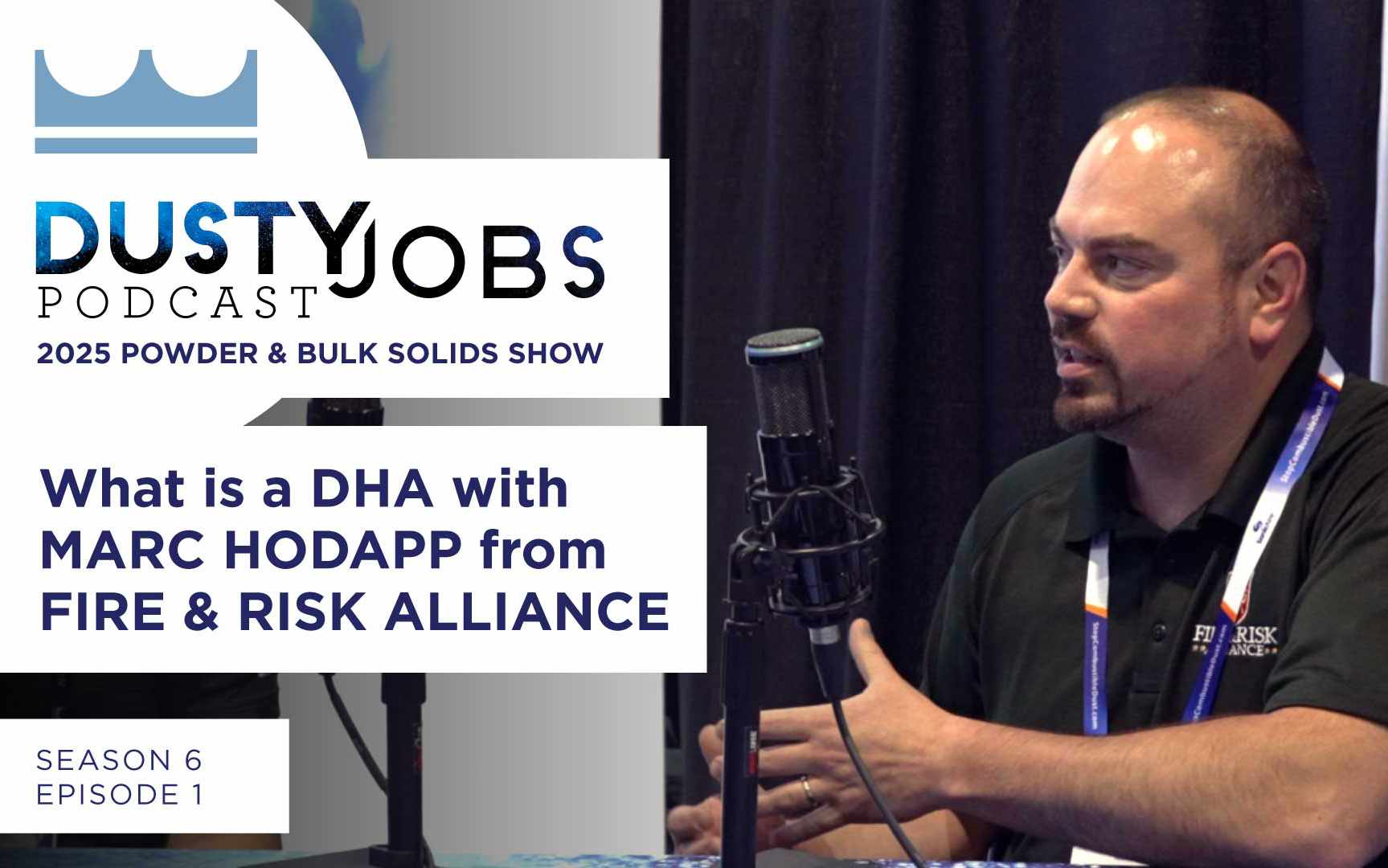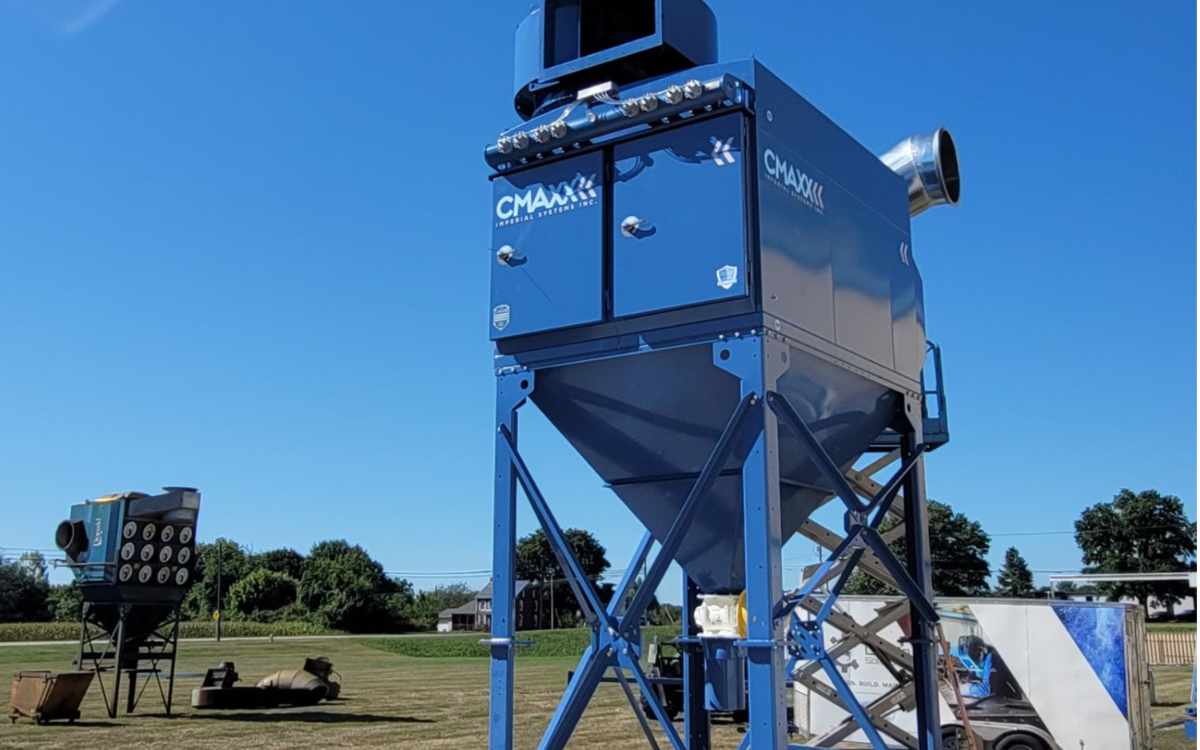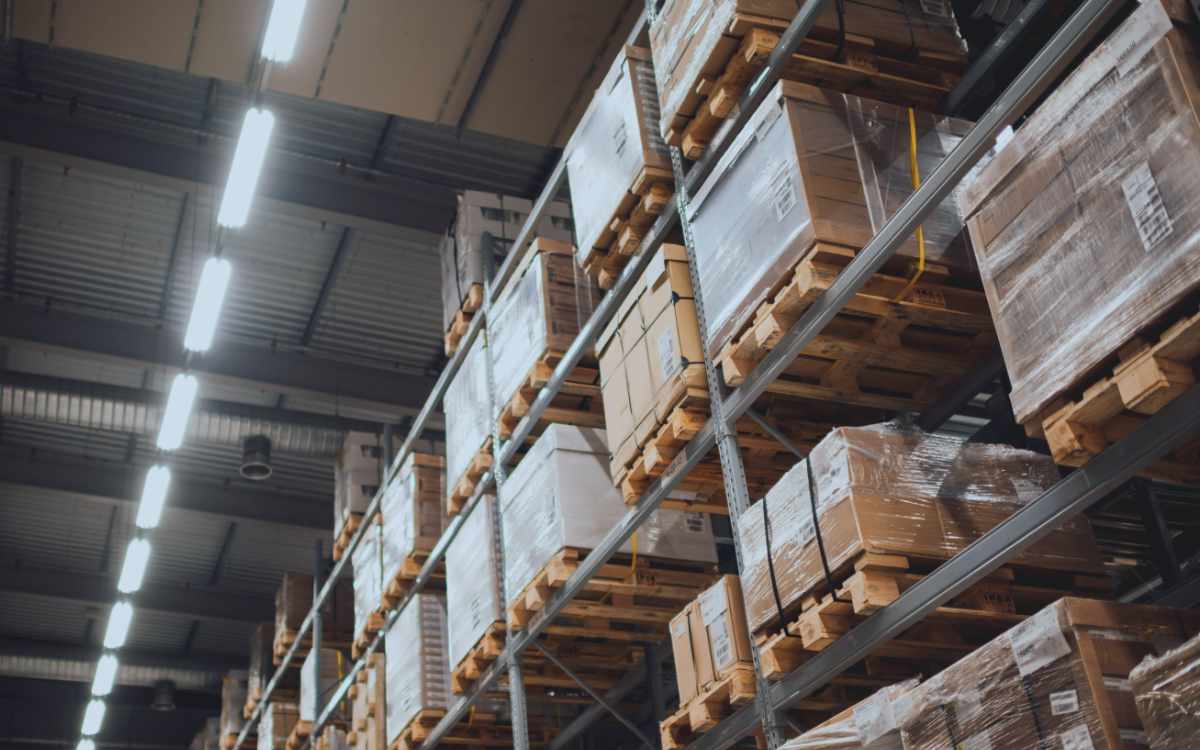Welding and grinding are two essential processes in many industrial operations. Both generate dust and fumes that must be safely controlled. A common question in these environments is whether the same filtration system can be used for both processes. It is technically possible to use a single dust collection system. However, there are several critical considerations to address to ensure safety and efficiency. Simply combining welding fumes and grinding dust without proper design could lead to significant risks.
Understanding the Differences Between Welding Fumes and Grinding Dust
Welding and grinding produce very different types of contaminants:
- Welding Fumes: These consist primarily of fine metal oxides generated as a result of the welding process. Welding fume particles are typically very small (sub-micron size). Inhaling them is hazardous as they often contain materials such as iron oxide, manganese, or chromium, depending on the welded metal.
- Grinding Dust: Grinding produces larger particulates and can include a mix of materials. This dust may contain metal shavings, abrasives from grinding wheels, and other byproducts. The composition and size of grinding dust can vary significantly. It depends on the materials being worked on and the tools being used.
Mixing these two types of particulates in the same dust collection system can lead to unintended consequences. For example, combining metal fumes with abrasive grinding dust may alter the dust’s characteristics, potentially making it more combustible or flammable. This risk is amplified because sparks are often present in both processes.
Fire and Explosion Risks in Combined Systems
Sparks are a major fire hazard when combined with combustible dust. Both welding and grinding produce sparks that have the potential to travel through the extraction system and ignite flammable particulates.
If mixing welding and grinding dust, the potential for combustion increases because the dust characteristics are unpredictable. This requires careful design of the dust collection system to include features like spark arrestors and fire suppression systems. Ignoring these precautions could lead to catastrophic fires or explosions in the workplace.
Sizing the Dust Collection System Properly
Another important consideration when using the same system for welding and grinding is the sizing of the dust collector. The efficiency of a dust collection system depends heavily on the air-to-cloth ratio—the volume of air passing through a square foot of filter media.
Welding fumes, being fine and lightweight, allow for a higher air-to-cloth ratio. In contrast, grinding dust, which includes larger and heavier particles, requires a lower air-to-cloth ratio to ensure proper filtration. If using the same system for both processes, it’s critical to size it conservatively to accommodate the demands of grinding dust. A system designed solely for welding fumes may not effectively handle grinding dust. This leads to reduced efficiency, increased filter wear, and higher maintenance costs.
To safely extract both welding and grinding contaminants, the dust collector should have a low enough air-to-cloth ratio to handle the larger grinding particulates without compromising on the capture of fine welding fumes.
Designing a Safe, Effective Solution for Welding and Grinding Dust and Fumes
While using a single dust collection system for both welding and grinding is feasible, it must be carefully designed to address the specific challenges of each process:
- Dust Hazard Analysis: Conduct a thorough analysis to understand the composition, combustibility, and volume of the dust and fumes produced.
- Proper Filtration: Select filter media that can suitably handle both fine welding fumes and larger grinding particulates.
- Spark Control: Incorporate spark arrestors, fire suppression systems, and explosion vents to mitigate fire hazards.
- Sizing and Airflow: Design the system with an appropriately low air-to-cloth ratio to accommodate grinding dust while still effectively filtering welding fumes.
- Segregation (Optional): In high-risk environments, consider separate extraction systems for welding and grinding to minimize safety concerns.
While welding and grinding can share the same dust and fume extraction system, it is not always the recommended solution. Mixing welding fumes with grinding dust poses risks related to combustibility, fire hazards, and filtration efficiency. If you choose to use a common system, it’s essential to design it with care—accounting for the specific needs of both processes, ensuring proper sizing, and implementing safety features like spark control systems.
Ultimately, a well-designed dust collection system will not only keep your facility safe and compliant but also improve air quality, protect equipment, and enhance overall productivity. If you are unsure whether a shared system is appropriate for your operation, consulting with dust collection experts can help you make the best decision for your facility’s needs.



